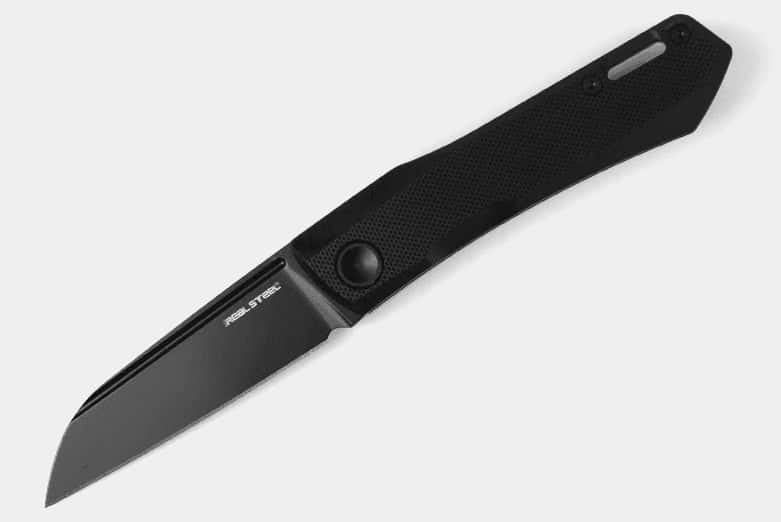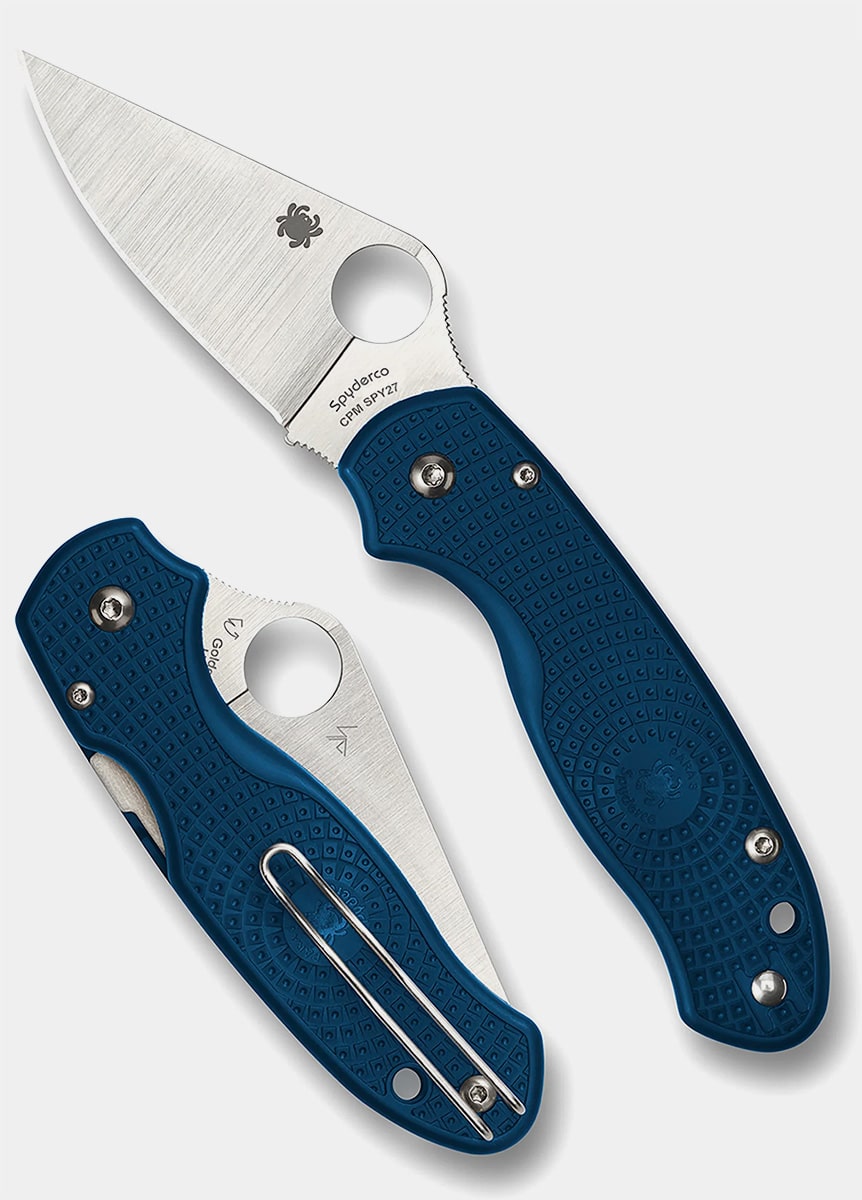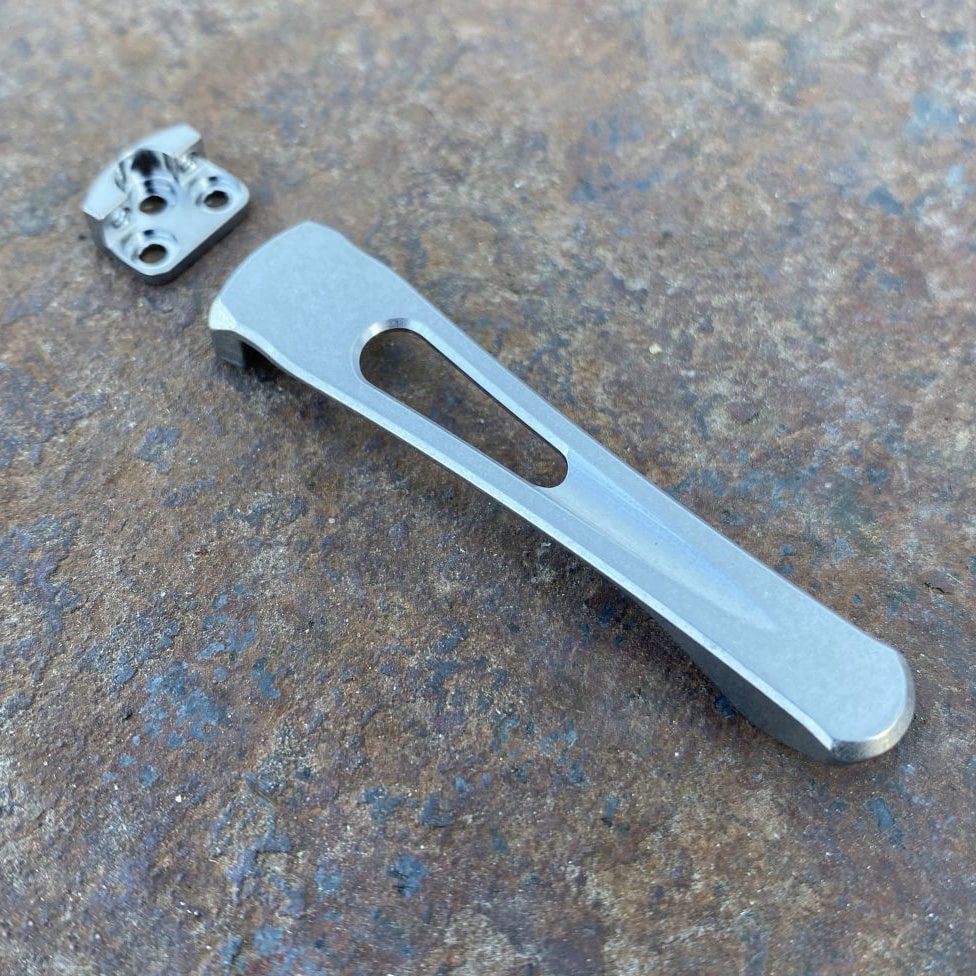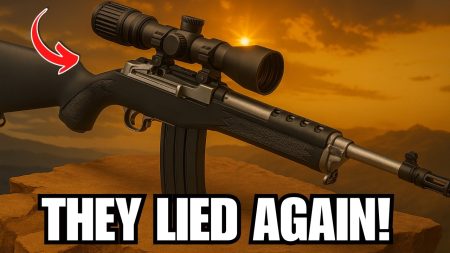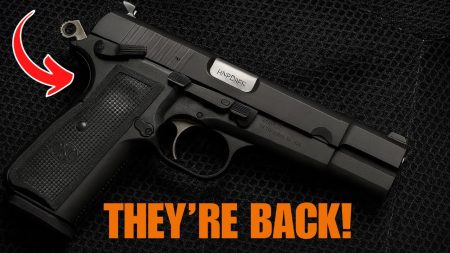It’s not controversial to say that the knife is one of mankind’s simplest and oldest tools. But, to a degree you don’t quite see with hammers, saws or chisels, today’s pocketknife is the beneficiary of almost relentless innovation and refinement. It’s a product category where seemingly nobody is ever content to let things be, and as a result, the knives we carry often have very little resemblance to those carried by our grandfathers.
A simple addition to the pocketknife has come to define the modern era from one defined by “traditional” folders: the pocket clip. Most industry experts credit Sal Glesser of Spyderco knives — specifically, the company’s early “Clipit” models — with the innovation.
It was also the pocket clip that birthed today’s proliferation of “tactical” folders: whatever one’s opinion is of the knife as a defensive tool, just about all of us can agree that it would be hard to quickly retrieve a knife if you don’t know quite where it is on your person. The pocket clip, like a holster, allows for a consistent grip and draw. These are very helpful things to have down if you find that you need a knife — for whatever reason — in a matter of seconds.
However, the next evolution of the knife clip has become widespread today: the “deep carry” clip. Such a design positions the body of the knife lower in the pocket, often to the point where it isn’t visible at all. It’s harder to pin a precise timeline of when the style exploded in popularity — I remember first hearing about it in the mid-2010s as a popular aftermarket modification. From there, the trend jumped to a number of factory models.
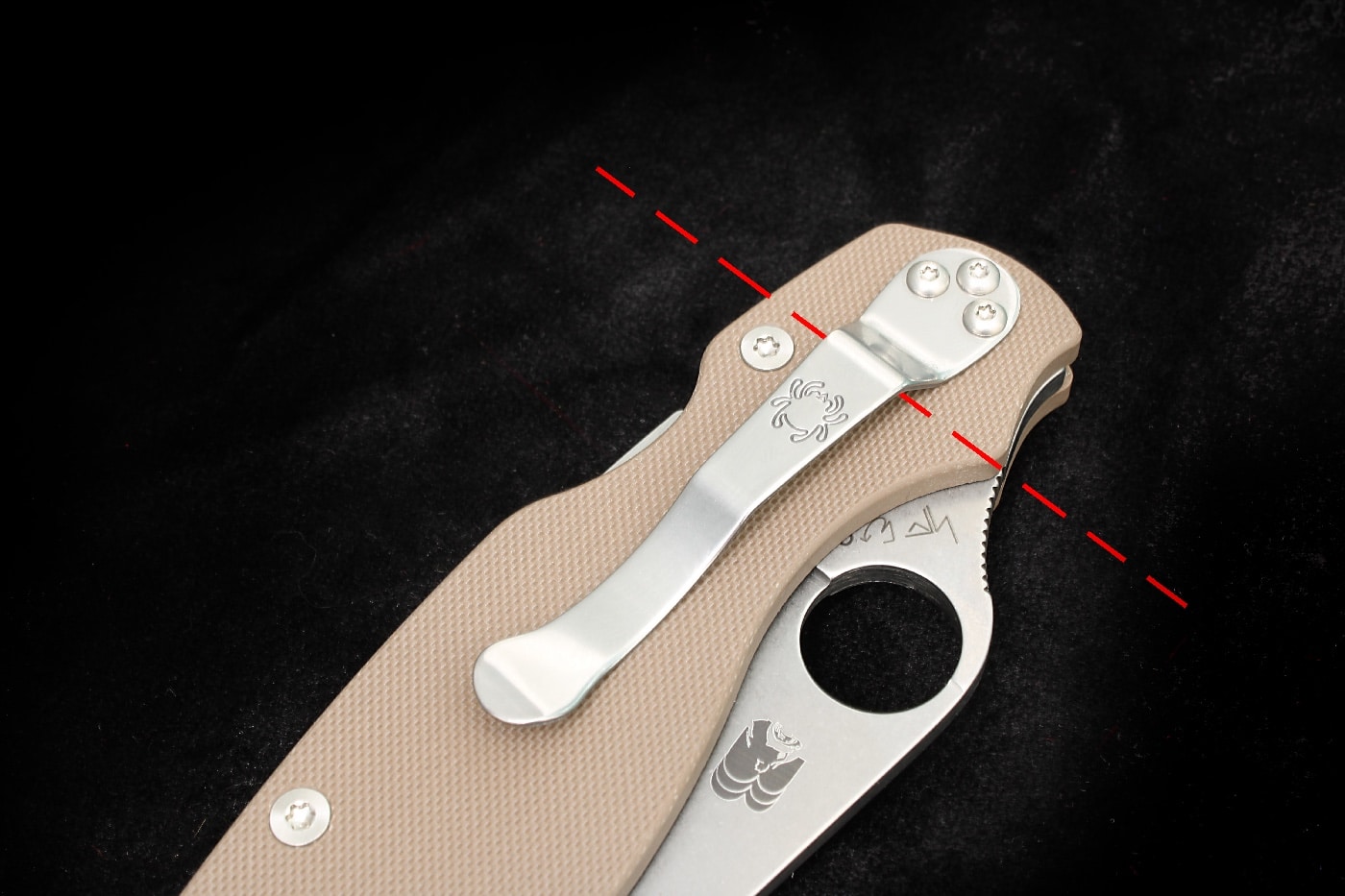
Today, the “deep carry” clip seems to have almost equal parity with other clip designs on the market, and continues to proliferate. Let’s take a look at the benefits and trade-offs of this clip style so you can decide what’s right for you.
The Benefits of Deep Carry
To learn a little more about deep carry clips, I reached out to Casey Lynch, founder of Lynch Northwest. I’d remembered Casey’s name from years back as one of the advocates of the “deep carry” style, and his USA-produced titanium clips quickly became one of the must-have modifications for all of the blade nuts I knew from the range. I don’t know if there’s anyone who’s done more to produce and popularize deep carry than him.
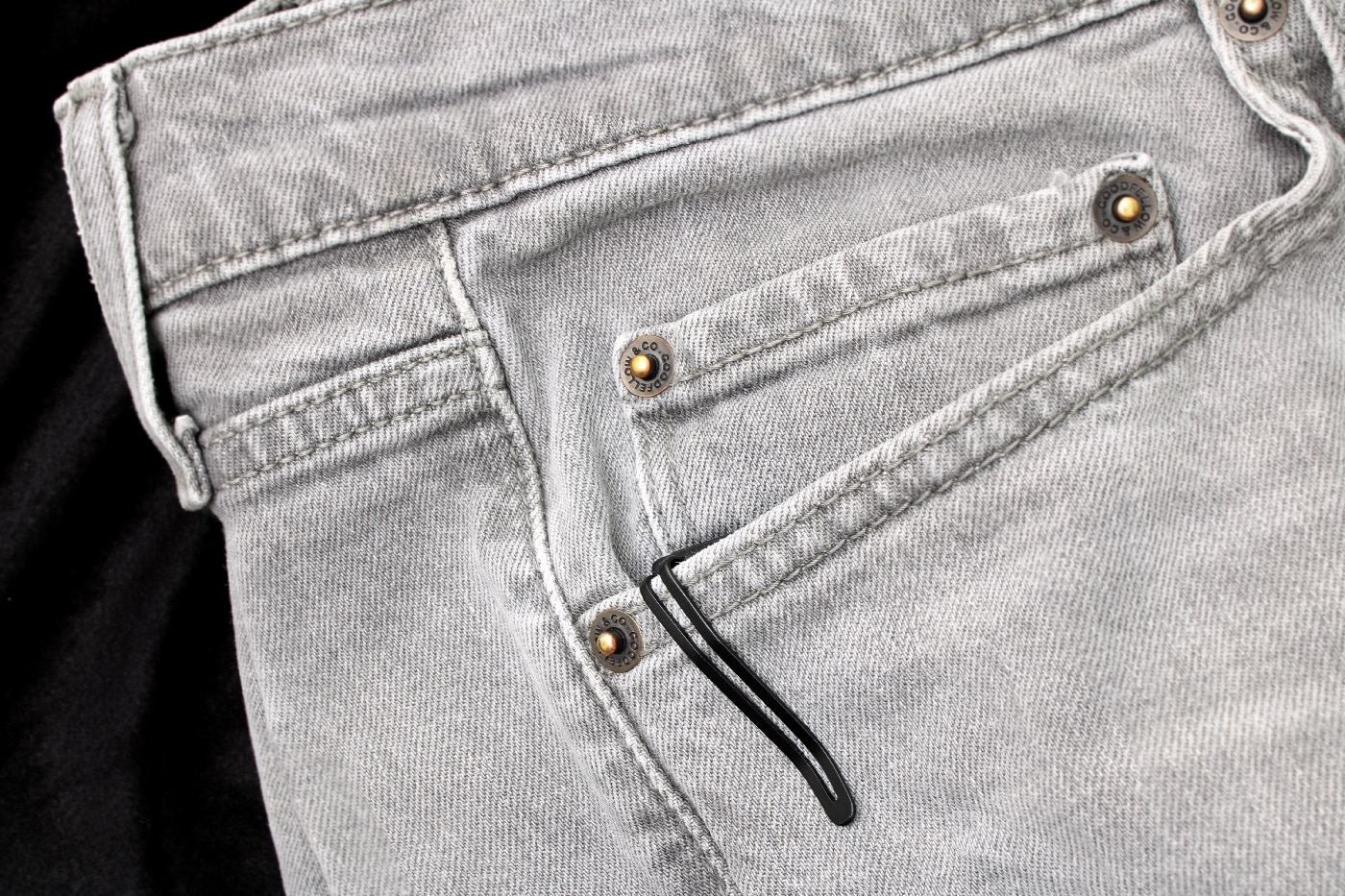
Casey mentioned that one of the primary benefits of deep carry is concealability. “The need for this is debatable, and the necessity can depend a lot on situation and circumstance,” he explained, “but many knife users agree it’s typically better if you aren’t ‘advertising’ you’re carrying a knife.”
As Casey noted, it’s fairly common for security guards (or other members of the lay public) to ask people to remove or stow their knives, even in instances where carrying them is legally permissible. “But if the knife isn’t visible, and only the clip can be seen, an onlooker may assume that the clip belongs to a pen or flashlight,” he said. “The legal concealment of the knife saves the knife carrier from potential confrontation.”
At least for me, this is the biggest draw of a deep carry clip. The world tends to be filled with a number of busybodies and Nervous Nellies. I’d prefer it if people like this read the clip protruding from my pocket as that of a writing implement rather than something that screams “knife!” And, when only the clip is exposed, I have a great opportunity to match the hardware to what I’m wearing to make the carry even more discreet.
Casey also felt that the deep carry clip offered a more secure method of retention, noting that a knife that sits deep into the pocket is less likely to fall out of one’s garment. Though Casey added, “That begs the question: why not just put the knife, without clipping it, in your pocket and let it fall to the bottom, where the chance of loss is further minimized? The main reason is accessibility. A clipped knife gives the user a grab point to facilitate quick and easy access.”
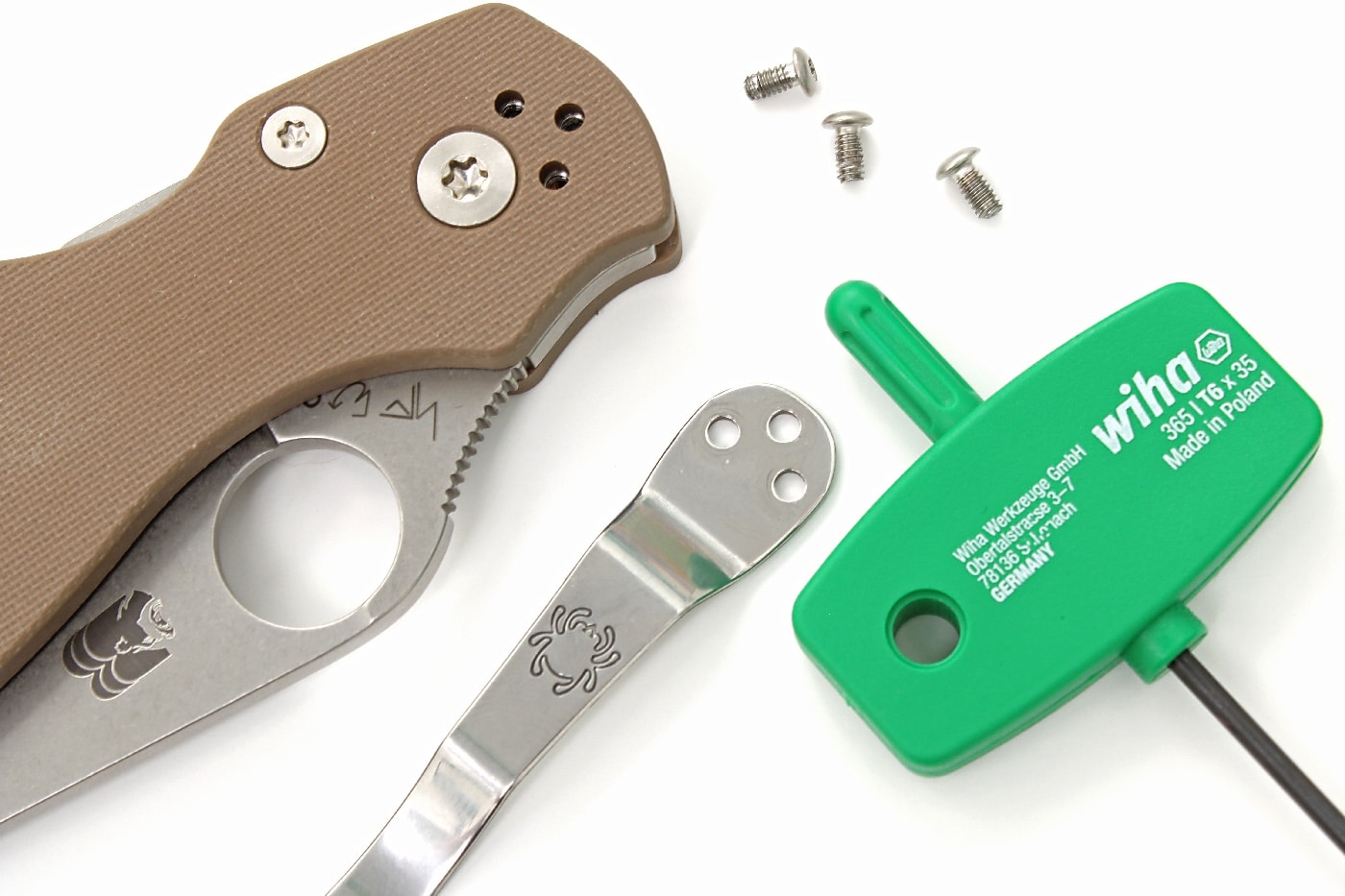
To this, I would add that a great many deep carry clips are tensioned (or can be easily tuned) to provide security without shredding the fabric of one’s pants. A strongly tensioned clip will mash the inside and edge of the pocket up against the material of the knife body. Consider that a lot of the G10 grips popular today have a sandpaper-like texture, and you could be abrading your garment every time your knife is stowed or retrieved.
Personally, I have little affinity for clips that want to fuse my pants to the knife handle; I prefer mine a tad less grippy. My pockets aren’t frayed, and despite the reduced tension (as I knock on wood), I haven’t lost a knife yet.
Standard Carry Clips
The deep carry/standard carry clip debate generally mirrors the contours of the concealed carry versus open carry debate. To wit: while a knife with a standard carry clip is more visible to the rest of the world, it’s also more accessible to you if you need it.
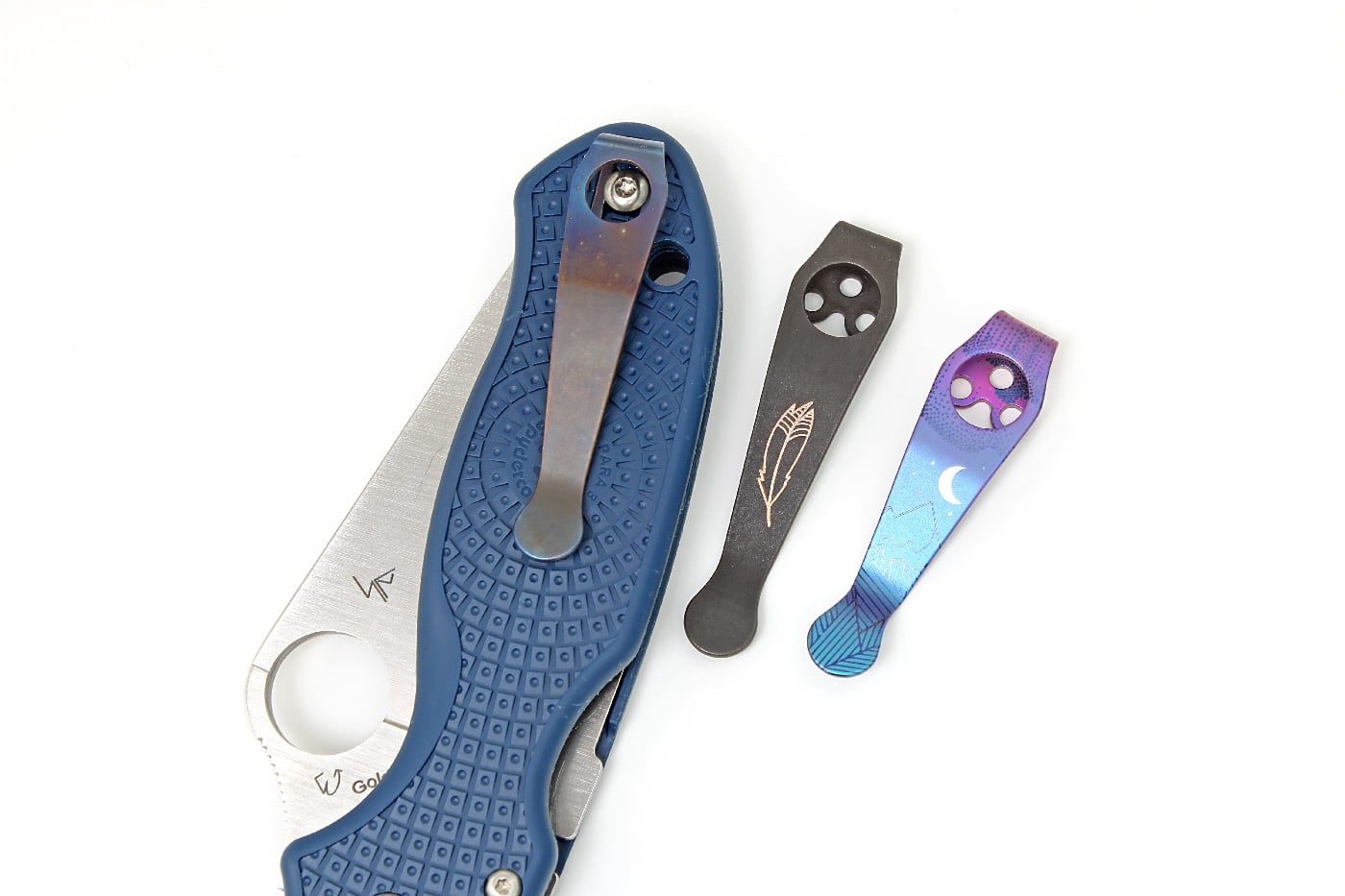
Even having just three quarters of an inch of additional purchase above the pocket may allow the body of your knife to sit a little more deeply or consistently into the hand as it’s retrieved. Many also find that the more of the knife body they have access to, the easier it is to retrieve and use the tool with a gloved hand. One might also be part of a search and rescue crew or an EMT, for example, where speed and accessibility might trump all other considerations. Here, a standard carry clip may be in order.
Beyond that, and depending on context, there may be no need to more effectively conceal one’s folding knife. If the body of the exposed knife is hidden by an external garment like a jacket or overshirt, the extra inch or two a knife sits into the pocket from one clip to another won’t matter.
Along the same vein, anyone from police officers to loggers to warehouse employees might find themselves working in an environment where nobody will bat an eye at an exposed knife — I’m talking about occupations where even the most pearl-clutching neighborhood busybody or HR worker would agree that someone is probably supposed to have and use a knife as part of their day-to-day scope of work. Alternately, you may be on your own property with nobody around to take notice.

In other cases, one may want to expose part of the knife for social or aesthetic reasons. Among like-minded guys like us, seeing the top part of a well-made Spyderco or Benchmade peeking out of a garment is an invitation for a conversation as much as a nice watch, tie, or set of cufflinks. Not unlike a “BBQ gun,” if you’ve spent several hundred bucks on a custom knife with beautiful frame anodizing or exotic woods and steels, you may want your buddies to know about it!
Final Thoughts
At the end of the day, most of my own knives are of the deep carry design, and it’s been a trend I’m glad to see blossoming. Aficionados like me not only see more factory knives being made with deep carry clips as a factory default, but thanks to outfitters like Lynch Northwest, we can also modify a great number of knives with aftermarket hardware that meets our whims.

Naturally, just as I don’t imagine a lot of us here have just one gun, I would also venture to guess that quite a lot of us have more than a few edged tools. At the end of the day, it’s amazing how much a little piece of bent metal can have such outsized importance in terms of what knives we choose to carry and where we choose to take them.
And suppose you’ve got a knife that just doesn’t seem to be working for you? Thinking a little more deeply about the clip itself might give it new life in a different set of pockets.
Editor’s Note: Please be sure to check out The Armory Life Forum, where you can comment about our daily articles, as well as just talk guns and gear. Click the “Go To Forum Thread” link below to jump in and discuss this article and much more!
Join the Discussion
Featured in this article
Read the full article here


